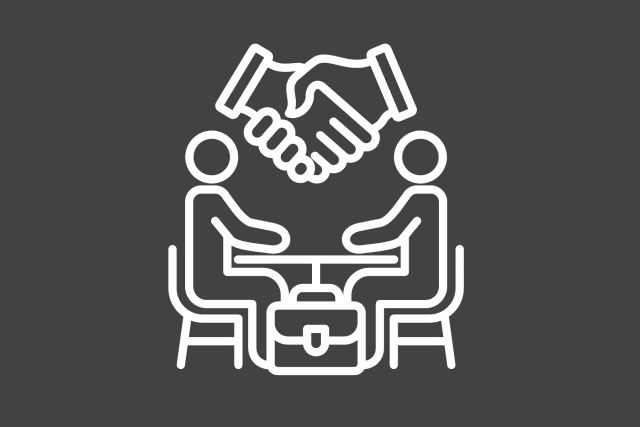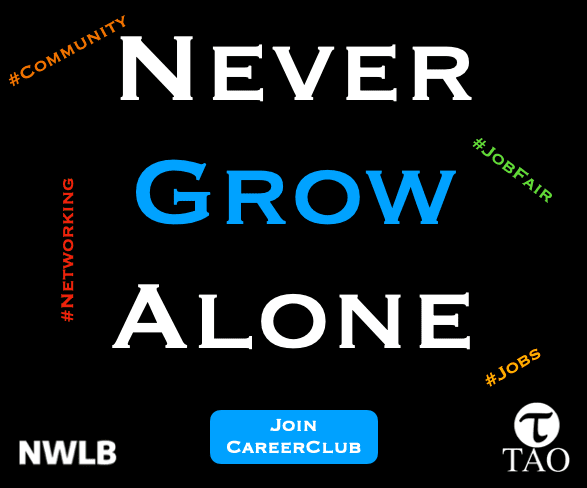Salary Negotiation: How to Ask for What You Deserve Without Breaking a Sweat
Let’s be real—salary negotiation can feel as nerve-wracking as waiting for your Uber driver to find the right spot in a crowded parking lot. You know it’s important, but the idea of asking for more money can make your palms sweat and your heart race. Here’s the good news: salary negotiation doesn’t have to be stressful or awkward. In fact, it can be a smooth, confident conversation that gets you exactly what you deserve—without the anxiety.
Whether you’re entering your first job or looking to level up your career, knowing how to negotiate your salary is a skill worth mastering. Ready to tackle this like a pro? Here’s how to ask for what you deserve, break down those nerves, and walk away with the paycheck you’ve earned—without breaking a sweat.
1. Do Your Homework (Knowledge is Power)
Before you even think about discussing salary, it’s time to hit the books (or, let’s be honest, Google). Research is key to a smooth negotiation. Use tools like Glassdoor, Payscale, or LinkedIn Salary to find out what people in your role, industry, and region are earning. This gives you a solid understanding of what’s reasonable—and what’s on the table.
Knowing the average salary for your position gives you confidence going into the conversation. You won’t be guessing or lowballing yourself, and you’ll have solid data to back up your request. Think of it as bringing a cheat sheet to the test—it’s all about being prepared!
2. Practice Makes Perfect (Rehearse Your Ask)
If the idea of asking for more money makes you nervous, rehearse it! Just like you’d prepare for a job interview, practice your salary negotiation pitch. Grab a friend, family member, or even your pet (hey, they’re good listeners) and run through the conversation a few times. The more you say it out loud, the more natural it will feel.
Here’s a simple structure to follow:
“After researching the market and considering the value I bring to this role, I believe a salary in the range of [desired range] would be fair. I’m confident that my skills in [key strengths] will contribute significantly to the team’s success.”
Rehearsing helps you sound confident and keeps you from freezing up in the moment. Plus, it’s a great way to smooth out any awkwardness and make sure you’re ready to shine.
3. Be Specific (Know Your Worth)
One of the most common mistakes people make is being vague about what they want. Don’t just say, “I’d like a raise.” Instead, be specific about the number or salary range you’re aiming for. This shows you’ve done your homework and know what’s fair.
For example, if your research shows that the average salary for your role is $60,000–$70,000, you might say, “Based on my experience and the market research, I’d like to discuss a salary in the $65,000 range.” Being clear about your expectations makes it easier for the employer to respond—and increases the chances of getting what you ask for.
4. Stay Cool (It’s Just a Conversation)
Here’s a tip that’ll make salary negotiation way less scary: remember, it’s just a conversation. You’re not demanding anything or starting a standoff. You’re simply having a professional discussion about what you deserve based on your skills and experience.
Take deep breaths, stay calm, and remind yourself that salary negotiation is a normal part of the hiring or promotion process. Employers expect it, and as long as you approach it professionally, there’s no reason to feel stressed. You’re advocating for yourself, and that’s a skill worth honing!
5. Highlight Your Value (It’s Not Just About Money)
When asking for a raise or negotiating a salary, it’s important to remind your employer of the value you bring to the company. Instead of making the conversation all about money, focus on your contributions and how they’ve positively impacted the business.
Did you exceed your sales targets, improve a process, or take on additional responsibilities? Mention those achievements. You’re not just asking for more money—you’re demonstrating why you’ve earned it.
Here’s how you might frame it:
“In the past year, I’ve successfully led the [specific project], which resulted in [measurable success]. Based on that impact and the market rates, I believe a salary in the range of [desired amount] would be fair.”
6. Stay Open to Other Perks (It’s Not Always About the Cash)
If your employer can’t meet your salary request right away, don’t panic! There are plenty of other benefits you can negotiate that are just as valuable. Consider asking for additional perks like:
- Flexible work hours
- Remote work options
- More vacation days
- Professional development opportunities
- Performance-based bonuses
Sometimes companies are more willing to offer perks than a higher salary, so stay open to these possibilities. A flexible work schedule or extra time off can sometimes be worth more than a few extra dollars in your paycheck!
7. Be Ready for a Counteroffer (Negotiation is a Two-Way Street)
Negotiation is all about give and take, so be prepared for a counteroffer. Your employer might not agree to your initial number, but that doesn’t mean the conversation is over. Stay flexible, listen to their response, and continue the discussion from there.
For example, if they counter with a slightly lower number than you expected, you might say, “I understand, and I appreciate the offer. Would it be possible to revisit the salary in six months based on my performance?”
Remember, negotiation is a two-way street, and staying open to a compromise can lead to a win-win situation.
8. Know When to Walk Away (If It’s Not a Fit, That’s Okay)
While most negotiations will end in a happy middle ground, there might be times when the offer simply doesn’t match your expectations or needs. And that’s okay! Knowing your worth also means knowing when to walk away if the salary doesn’t align with your value or career goals.
If the company can’t meet your salary expectations and you don’t feel comfortable accepting the offer, it’s perfectly fine to say, “Thank you for the opportunity, but I don’t believe this offer aligns with my expectations at this time.”
Your career is important, and it’s better to wait for the right fit than to settle for less than you deserve.
Final Thoughts
Salary negotiation doesn’t have to be intimidating. By doing your homework, staying calm, and confidently highlighting your value, you can ask for what you deserve without breaking a sweat. Remember, you’re not just negotiating for a paycheck—you’re advocating for your skills, experience, and future.
So go ahead, channel that confidence, and walk into your next salary negotiation like a boss. You’ve got this!

















